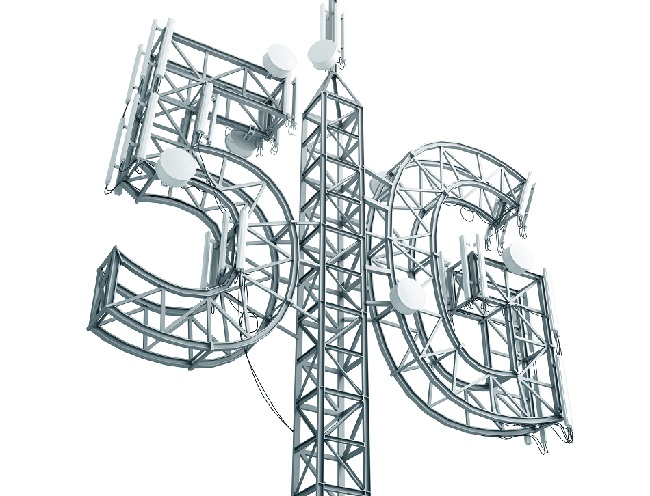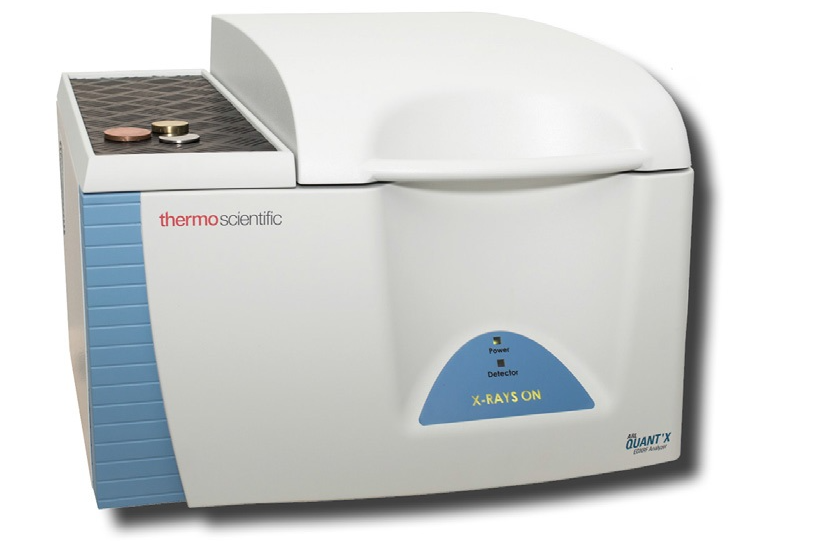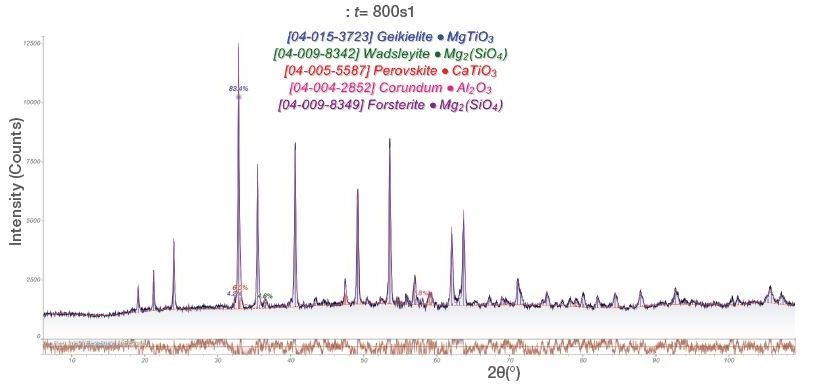The increasing demand for wireless data transmission is pushing the demand for faster speeds and higher volumes up with it. The sub 6 GHz range for transmission is already overcrowded, and as a result, the underused spectrum lying over 10 GHz is being investigated in order for it to possibly become the fifth generation, wireless data transfer platform, known as 5G.

However, complicating the progression to 5G is the fact that the design of the ceramic antenna materials for this region of the electromagnetic spectrum is very challenging. These challenges arise from the fact that temperature stable materials featuring low dielectric constants (ε’=6-18) and a high Qf (narrow bandwidth), or ultra-high Qf and ε’ < 30 are needed.
Additionally, the amount of suitable materials for this application is not high in number. Materials that may come into consideration include Eucryptite (LiAlSiO4), Li2MgSiO4, Forsterite (Mg2SiO4) or Spinel- and Perovskite-type materials. Mixtures and matrix materials along with dopants are developed as grain boundary effects, and vacancies are influencing the properties that are vital for antennas to be operational.
To guarantee products are of high-grade quality and performance, it is key to control chemical and structural composition. This applies not just to mixtures, but also to pristine compounds, too. At present, the easiest and most convenient solution for routine QC/QA processes and more sophisticated analyses carried out in research labs is seen in the pairing of energy dispersive X-ray fluorescence spectroscopy (EDXRF) and X-ray diffraction (XRD).
About the Thermo Scientific™ ARL™ EQUINOX 100 X-Ray Diffractometer
The Thermo Scientific™ ARL™ EQUINOX Series is a portfolio of XRD instruments ranging from simple and user-friendly bench-top systems perfect for routine analysis, to advanced, floor-standing, research-grade systems. The Thermo Scientific™ ARL™ EQUINOX 100 X-ray Diffractometer utilizes a custom-designed 50 W (Cu or Mo) or 15 W Co high-brilliance micro-focus tube with mirror optics that is free from the need for external water chillers.
Additionally, no additional, special infrastructure is needed to easily transport the unit between labs or from the lab and into the field, and the ARL EQUINOX 100 (c.f. Figure 1) offers rapid data collection compared to other conventional diffractometers. This is because of its unique curved position sensitive detector (CPS), that measures all diffraction peaks in real-time, simultaneously.

Figure 1. ARL EQUINOX 100 diffraction system.

Figure 2. ARL QUANT’X EDXRF instrument.
The Thermo Scientific™ ARL™ QUANT’X Energy-Dispersive XRF Spectrometer benefits from a highly sensitive, silicon drift detector (SDD) to differentiate between the energy of the incoming radiation. Due to this ability, the unit is able to measure all elements between Na (Z = 11) and U (Z = 92). It is also built with a 50 W Rh or Ag tube, that is operational up to voltages of 50 kV. The conversion of spectra into elemental or oxide concentrations is made possible with the Fundamental Parameters (FP) based UniQuant, standard-less package.
The rugged and compact design, coupled with its low demand on peripheral, external support, means the ARL™ QUANT’X makes a perfect solution for industrial environments.
Case Study
A 13-minute measurement of a 5G antenna ceramic was carried out with an ARL EQUINOX 100 with Cu-Kα radiation (1.541874 A). Before the analysis took place, the sample was milled to a fine powder. Data processing and evaluation was carried out with MDI JADE 2010 (WPF), equipped with the pdf4+ database.

Results
Measurements in reflection setup before phase qualification and quantification (WPF) produced a phase composition that comprised two different polymorphs of Mg2SiO4 (Wadsleyite and Forsterite) and Geikielite (MgTiO3) and Perovskite (CaTiO3). These were accompanied by small amounts of Corundum (Al2O3) (c.f. Table 1).
It was possible to calculate elemental compositions from the XRD quantification, and a comparison of results produced by the EDXRF elemental analysis was also possible, which revealed trace elements in addition to the insights into the composition. (c.f. Table 2).
Table 1. Results of the XRD quantification.
| Phase |
Formula |
Content ( in wgt %) |
| Geikielite |
MgTiO3 |
83.4 (1.3) |
| Perovskite |
CaTiO3 |
6.0 (0.6) |
| Wadsleyite |
Mg2SiO4 |
4.6 (0.7) |
| Forsterite |
Mg2SiO4 |
4.2 (0.6) |
| Corundum |
Al2O3 |
1.8 (0.3) |
Table 2. Comparison XRF and XRD.
| Element* |
EDXRF (in wgt %) |
XRD (in wgt %) |
| TiO2 |
56.9 (0.48) |
59.0 |
| MgO |
33.58 (0.24) |
33.0 |
| CaO |
3.27 (0.09) |
2.5 |
| SiO2 |
2.58 (0.08) |
3.8 |
| Al2O3 |
2.57 (0.08) |
1.8 |
| ZrO2 |
0.332 (0.017) |
- |
| SO3 |
0.242 (0.013) |
- |
| Nb2O3 |
0.215 (0.010) |
- |
| NiO |
0.179 (0.008) |
- |
| Cl |
0.077 (0.004) |
- |
| As2O3 |
0.016 (0.0009) |
- |
| Y2O3 |
0.0166 (0.0009) |
- |
| SnO2 |
0.0076 (0.0004) |
- |
| Fe2O3 |
0.0034 (0.0005) |
- |
| ZnO |
0.0023 (0.0003) |
- |
| SrO |
0.0014 (0.0002) |
- |
*only elements above 1 wgt% are considered in XRD and above 0.001 wgt% for XRF
Summary
The ARL EQUINOX 100 makes it possible to produce data that is suitable for qualitative and quantitative (WPF) phase analysis. It was found that the 5G antenna ceramic sample contained phases that would prove desirable in applications as antenna operating in the underused frequency range above 10 GHz.
EDXRF is able to determine the chemical composition of samples, which allows users to completely control the quality of the product and track concentrations of dopants or pollutants as well.
Results from both XRD and XRF are in good agreement, and using XRD investigations in conjunction with EDXRF is an easy-to-use solution not only for industrial applications but for academic research, too, allowing the fast and easy QC/QA procedures that are practical even for users without specialist training.
Acknowledgments
Produced from materials originally authored by Dr. Simon Welzmiller and Ju Weicai from Thermo Fisher Scientific.

This information has been sourced, reviewed and adapted from materials provided by Thermo Fisher Scientific - Elemental Analyzers and Phase Analyzers.
For more information on this source, please visit Thermo Fisher Scientific - Elemental Analyzers and Phase Analyzers.